Hidden in the shadow of Zanzibar is Pemba Island – an Arabic name that aptly translates to the Green Island. Although it may form part of the Zanzibar Archipelago, Pemba is unlike any of its flat, sand-strewn neighbours.
Whilst most islands offer palm-lined beaches and azure waters, Pemba offers a seaside escape set against a lush, hilly landscape that’s teeming with life. Although its thickly vegetated hills are home to a densely-populated farming community, Pemba is still vastly undiscovered by tourists.
If you’re looking for an authentic island experience, Pemba not only offers a green wonderland begging to be explored but also an underwater world that makes for some of the world’s best diving and snorkelling.
Day tours in Zanzibar? Here are my top picks...
- Quad bike tour to a local village (4 hours)
- Stonetown food market and street food walking tour (3 hours)
- Zanzibar spice tour with traditional cooking lesson (3 hours)
- Rock restaurant and cave tour (6 hours)
- Private tour to Prison Island (3 hours)
Pemba Island
Reasons for Visiting Pemba Island
As a piece of paradise that truly lies off the beaten track, the remote island offers only a handful of places to stay – something that makes Pemba all the more intriguing.
Dating as far back as 600 AD, Pemba Island formed an integral part of the Swahili Coastal trade route. The island’s arable land yields a significant percentage of the world’s cloves and continues to play an integral part in the global farming community.
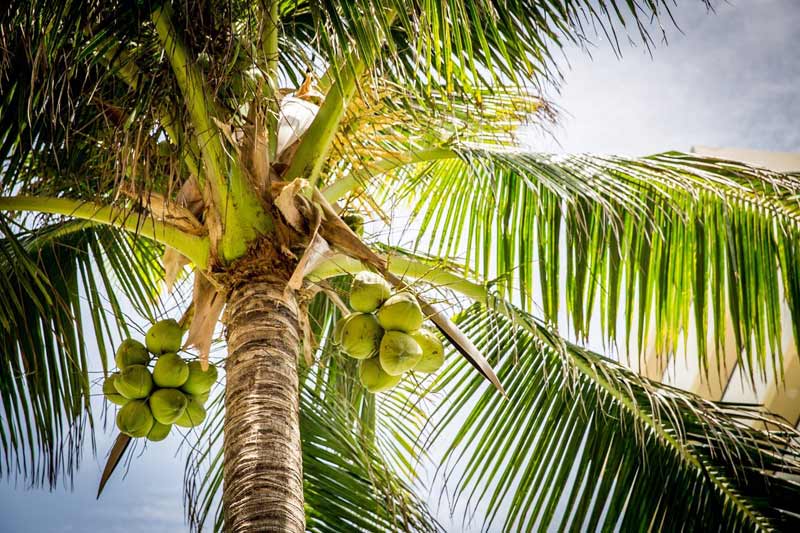
A Green Wonderland – Thriving crops, Resident Monkey Population and More
Forming a green wonderland, the lush landscape of the island is interspersed with thriving clove plantations. The diversity of the island is truly captivating with everything from thickly vegetated hills and dense mangrove forests, to sandy beaches and secret coves.
A more fertile island is difficult to imagine and unlike Zanzibar, the community of Pemba Island is more dependent on agriculture than tourism. The undulating hills of the island not only produce cloves but are covered in coconut, mango and other fruit plantations.
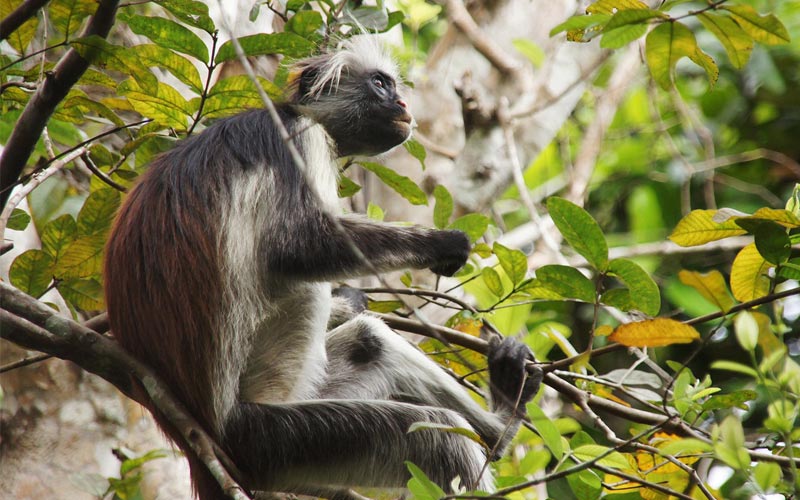
Pemba’s ancient fields and forests are also teeming with life. Wildlife enthusiasts can enjoy the population of the island of red colobus monkeys, vervet monkeys and impressive species of birds. The resident Pemba scops owl is also a highly sought find.
Worth visiting is the Kidike Flying Fox Sanctuary, a place that 4,000 Pemba flying foxes call home. These fruit bats soar above the forest canopy with an impressive wingspan of 1.6 metres and can also be spotted when you walk the trails of Ngezi Forest.
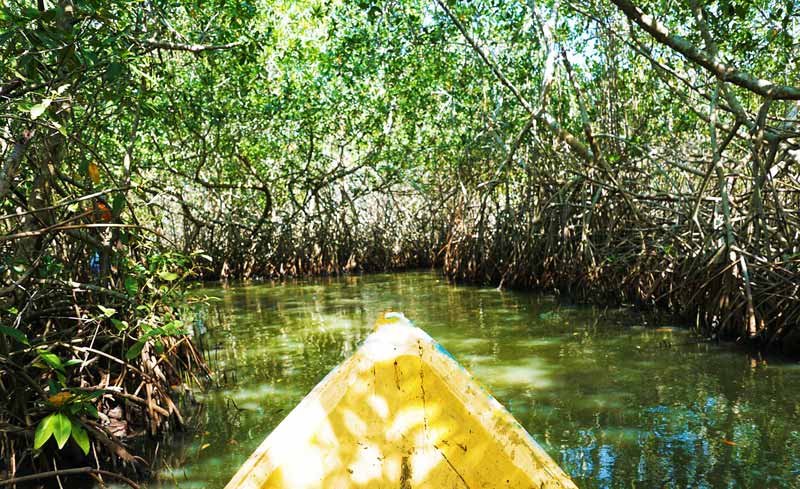
Misali Island
Hidden Beaches and Secret Coves
With its dense mangrove forest belt, the beaches of Pemba Island are not as easily accessible as those in Zanzibar – something that makes getting to them all the more rewarding. Boat trips run throughout the day to the island’s hidden beaches and secret coves – something you get to enjoy without the usual throngs of tourists.
Hidden in the northwestern corner of the island is Vumawimbi Beach – Pemba’s most popular beach. The idyllic waters and white sand stretch to the east of Kigomasha Peninsula and to the north of Ngezi Forest.
Just another boat ride away is Misali Island – an uninhabited piece of paradise off Pemba’s west coast. As you explore the northern edge of the island you’ll discover a lighthouse that provides unparalleled ocean views.
If you’re looking to laze around on secluded shores or snorkel the shallow reefs in utter isolation, the remoteness of both locations will not leave you disappointed.
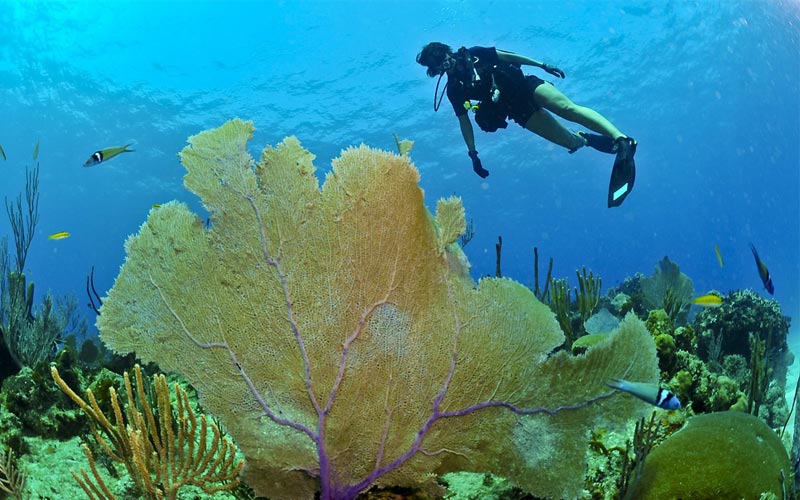
Underwater Paradise
While Pemba Island used to be most famously known as a trade centre, today it is renowned as one of the world’s diving and snorkelling meccas (see our guide to diving in Zanzibar). Dip beneath the tropical waters of the island and you’ll discover a magical world for divers and deep-sea fishermen alike.
The remoteness of Pemba Island takes you back in time and reveals a glimpse into how marine life used to thrive before human interference. Whilst the island is ringed in by coral reefs, to the west the land plunges into the depths of the ocean and opens up a diving haven.
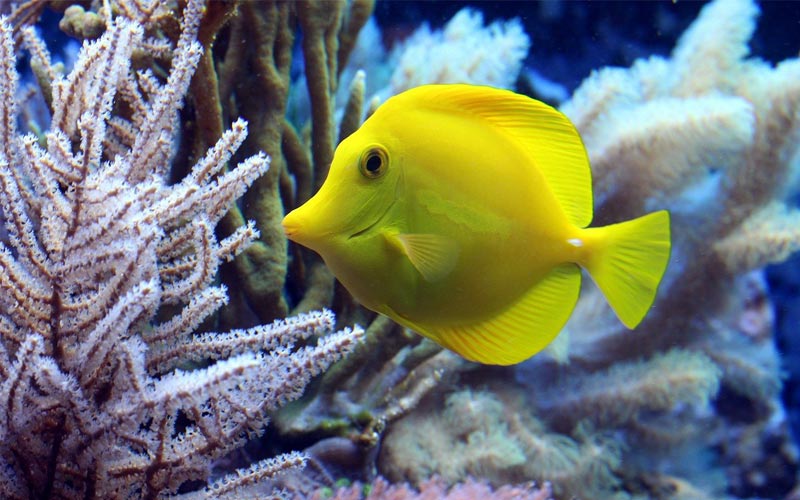
This is known as the Pemba Channel – a porthole that feeds the surrounding waters with life and invites sea creatures like turtles, game fish, reef sharks, and Napoleon wrasse.
The deep waters are also ideal for fishing enthusiasts who hope to reel in a catch like the famous billfish. Single-day or multi-day deep sea fishing trips can be booked through several of the island’s charters.
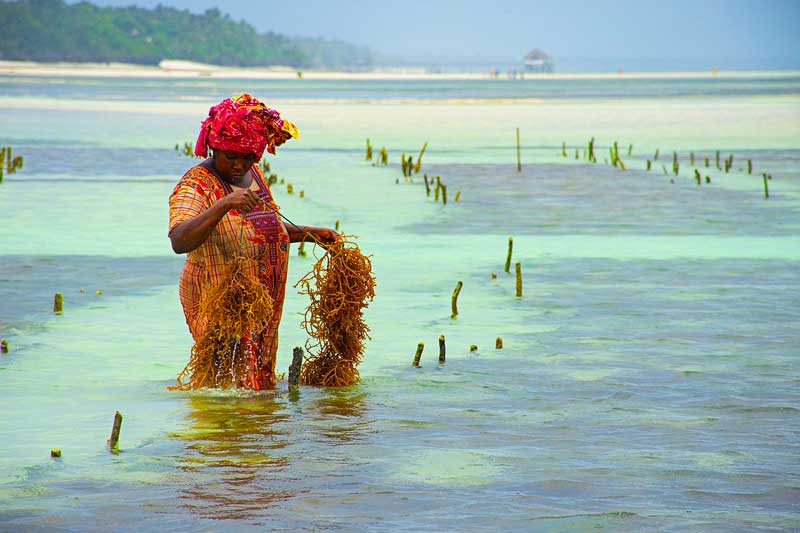
Cultural Heritage
Adding to the timelessness of Pemba Island is its rich cultural heritage, which over the centuries has been greatly influenced by Arab traders. Ancient ruins litter the island and have become intertwined with the forest vegetation.
If you have an interest in archaeology, you will find the sites that date back to as early as the 14th century fascinating. The Ras Mkumbuu ruins, for example, include a mosque, tombs and houses from the 14th century. To gain a greater context of the island’s history before you visit the sites, it is highly recommended to visit the Pemba Museum in Chake Chake first.
There are also other ways to experience the culture of the island. Village tours allow you to get a first-hand encounter of the lifestyle within Pemba’s rural communities – from fishing and cooking to farming and inter-island trade.
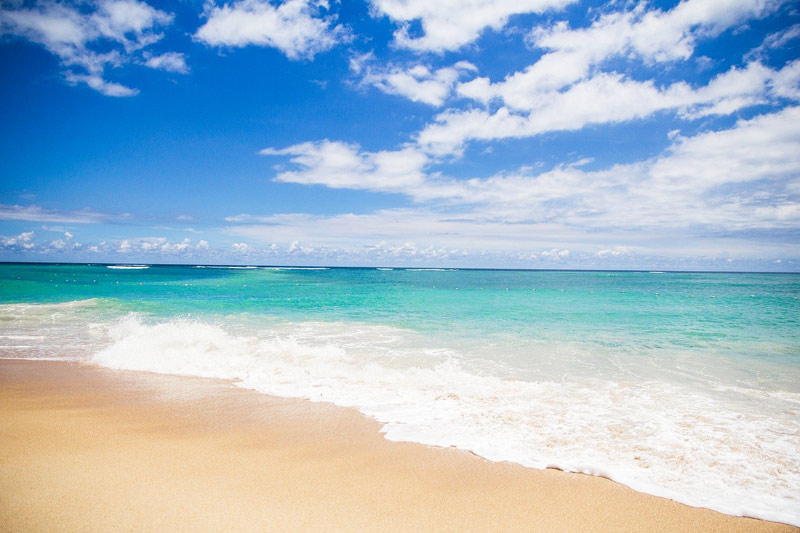
Quiet Serenity – Where are all the tourists?
For years, Pemba Island has been overshadowed by its more popular Zanzibar neighbour. It might seem surprising that the captivating island can be so devoid of tourists, especially when Pemba is populated with more than 500,000 people.
The absence of crowds, however, is exactly what gives Pemba its charm. When travellers walk through the rural villages, the entire community comes alive – eager to share the island that is kept so secret. Travelling to Pemba allows you to discover the untouched territory, with everything from the hilly landscape to the tantalising waters exactly as they were thousands of years ago.
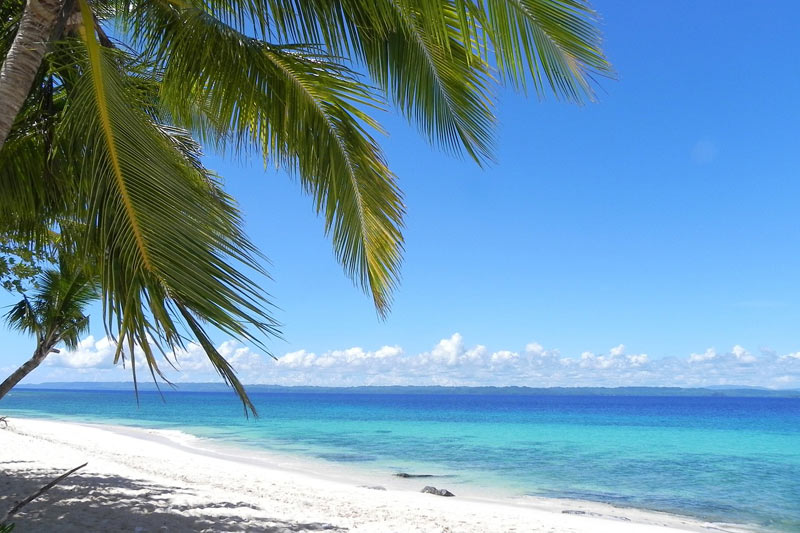
Best Time to Visit Pemba Island
Due to its close proximity to the equator, Pemba Island has a consistent climate all year round. Thermometer readings average 26.5°C/80°F, but it can be much warmer. The most notable differences aren’t seen in the temperature of the island, but in the contrast between the wet and dry seasons.
Best Weather – Dry Season (June to October)
Many visitors prefer the moderate dry season over the hot, humid and rainy summer months. The humidity starts building from September, so plan your trip in the dry season before then if that’s something you’d like to avoid.
Another benefit to consider during the dry season is fewer mosquitos and a smaller chance of catching malaria.
Pro Diving and Snorkelling Tip: Generally, August and September are the best months for travellers who enjoy diving and snorkelling as water clarity is at its highest. If it’s a fishing catch like the famous billfish that you’re after, you should aim to travel between September and March.
Best Rates and Off-Season Perks – Wet Season (November-May)
The dry landscapes of Tanzania are transformed into a lush, green wonderland in the wet season. Temperatures increase during this period and reach highs of 30°C/86°F along the coast. There are two types of rainy periods in this season:
Short rains (November-December): Afternoon thunderstorms are often expected to take place. For this reason, the short rainy season is still considered an excellent time to plan a trip to Pemba Island.
The first two weeks of December are considered a highly underrated time to visit. With many travellers flying to East Africa for the festive season, the lower demand over early December can result in good deals and special off-peak rates.
The landscape will be spectacularly lush after the November rains and beach trips can be planned around the usual afternoon showers.
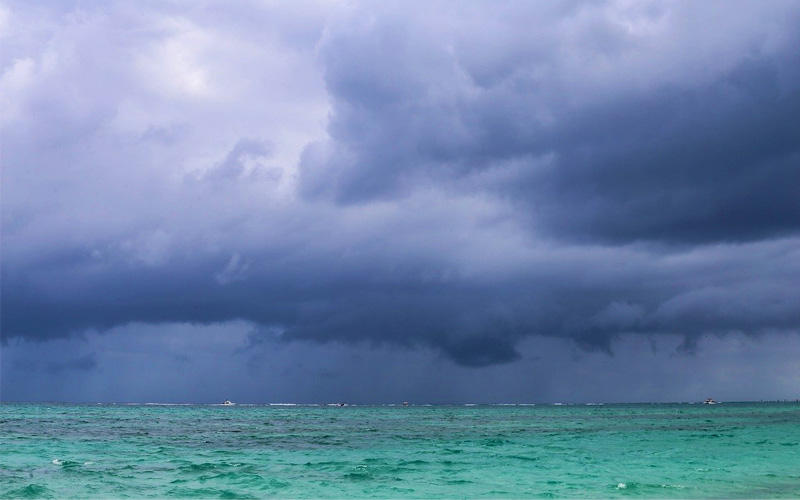
Long rains (March-April): The long rains usher in the peak of the wet season. While it may still be a good time to visit Pemba Island, your trip will be impacted by the amount of rain and the type of conditions the area receives that year.
Travel Tip: Tourists who find hot, humid conditions unpleasant should preferably avoid the season of 'long rains' from March to April.
If you’re up for an adventure, there are major advantages of travelling here during this time. Prices are reduced dramatically and with crowds being dispersed – you’ll have thrilling wildlife sightings and the beaches all to yourself.
Read more about the best time to visit Zanzibar and best time to visit Tanzania or Kenya.
How to get to Pemba Island
Daily chartered flights to Pemba Island can be booked through private aviation companies, which take you straight to Pemba Airport near Chake Chake. You are able to fly to Pemba from Dar es Salaam, Zanzibar and Arusha.
There is the option of travelling to Pemba Island from Zanzibar by ferry, but a reputable company must be used for safety.
Where to stay? Here are 5 of my favourite accommodation options on Pemba Island:
See more Pemba Island accommodation options.
Where to stay on Pemba Island
Unlike in other Zanzibar resorts and hotels, the secluded island offers only a handful of places to stay. See our guide to Pemba Island hotels.
Here are our top accommodation picks for Pemba Island.
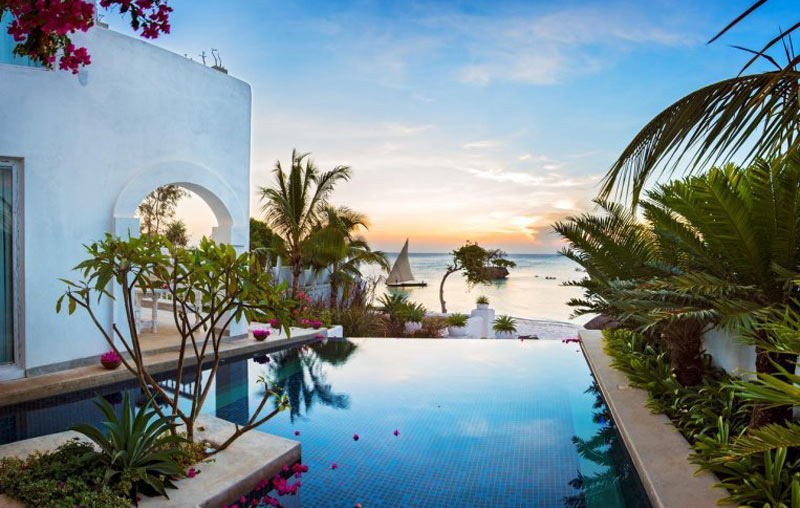
Aiyana Resort and Spa
The Aiyana Resort and Spa redefines the idea of luxury accommodation with 30 minimalist villas. The simple lodging invites the ocean right onto your doorstep and claims that its sense of simplicity and sensuality is what makes it so special.
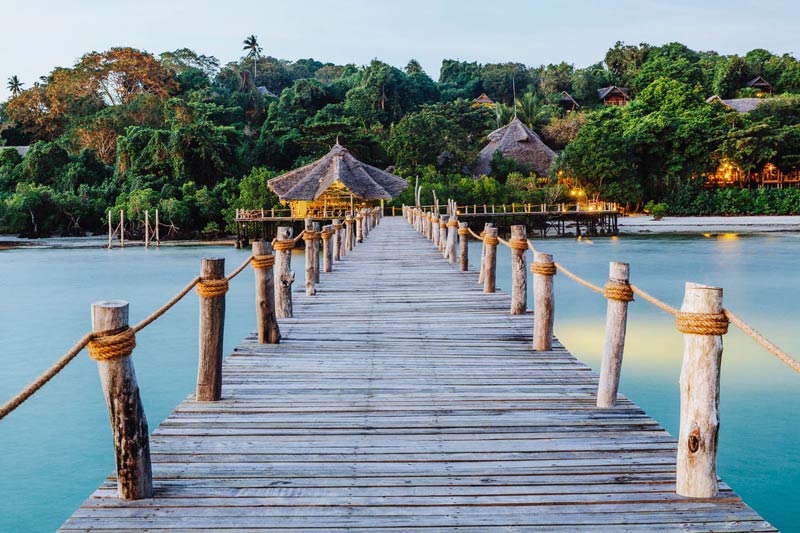
Fundu Lagoon
Fundu Lagoon is a privately owned boutique hotel that offers 18 tented safari-style bungalows. Some bungalows are right on the beach and some on the hilly landscape, but all have views of the Indian Ocean. Fundu boasts an array of awards like the Best Marine Safari Property in Africa. It also has its own dive centre.
The highly acclaimed and insanely photogenic Manta Resort offers the unique opportunity to book an Underwater Room – a literal glass-walled room in the middle of the ocean. The experience of entering the turquoise bubble and watching the surrounding marine life float by is truly captivating.
For the more budget-friendly option, Lala Lodge provides island-style accommodation without all the frills. The backpacker lodge is a cost-effective choice that has glowing reviews.
